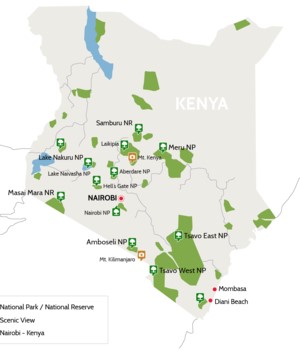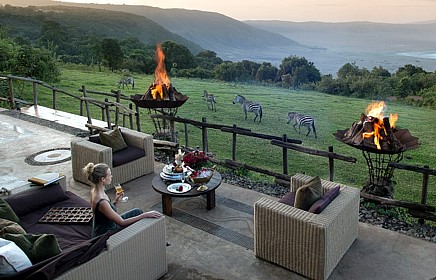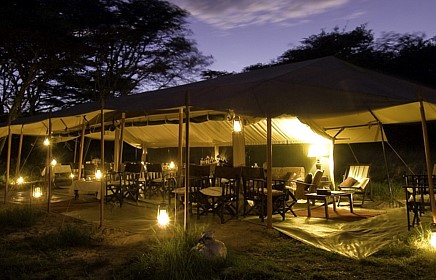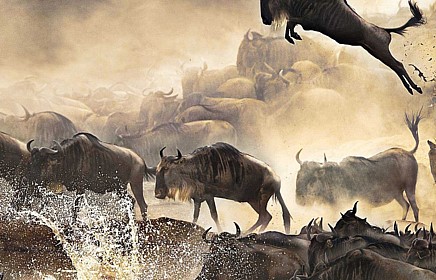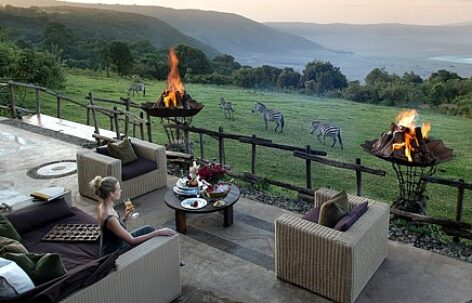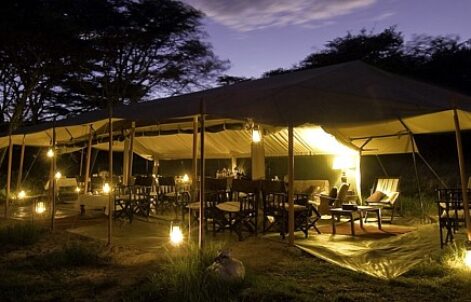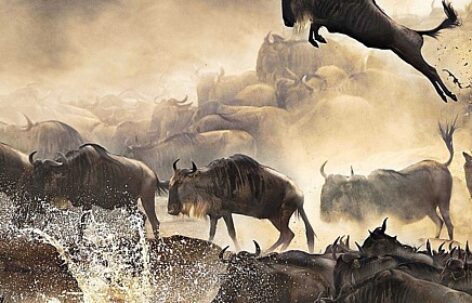TSAVO WEST NATIONAL PARK
Considered the best park for topography fans
Tsavo West National Park is situated on Kenya’s southern border with Tanzania, located about 200km south east of Nairobi. Combined with Tsavo East, this park forms one of the world’s largest game sanctuaries. The East and West parks are separated by the Mombasa/Nairobi road, and both work nicely on a circuit with Mombasa.
Tsavo West has a variety of landscapes, from swamps and natural springs to rocky peaks, extinct volcanic cones, to rolling plains and sharp reddish outcrops. Wildlife can be difficult to spot because of the dense scrubs. In May 1948, a month after its conception Tsavo National Park was divided into East and West for administrative purposes. At 21 812 square km, Tsavo National Park is the largest park in Kenya. Named after the Tsavo River which flows from west to east, the park is considered one of the world’s biodiversity strongholds. It is the only Kenyan park that permits night drives and also allows off-road driving so one can see the wildlife close up.
Brief History
Tsavo West National Park covers 7065km² but the terrain is much more varied than that of Tsavo East. It ranges from 200-1000m in altitude. The northern sector is bush land with scattered native baobab trees. The railway runs along the border separating Tsavo East and Tsavo West National Park. In 1898, as many as 135 railway workers were attacked and killed by man-eating lions. The pair of male, maneless lions that, unusually, hunted humans rather than livestock, evaded traps and capture for many months. The man-eaters were eventually shot by Lt. Col. John Henry Patterson, but the legend lives on. A wildlife safari is the best way to see Kenya’s wildlife close-up in its natural environment. Tsavo West is home to the largest population of red-skinned elephants as well as to members of the rest of the “Big 5” African animals (buffalo, African lions, leopards and rhinos). There is also a host of Kenyan birds and other animals, both large and small, to see. From Lake Jipe, on the Tanzanian border, to the mountain forests of the Chyulu Hills, the wide range of landscape offers protection to many endangered African wildlife including the black rhinoceros, Cosen’s gerbil, Hunter’s hartebeest, several species of shrew and rat, Grevy’s zebra and wild dogs. Upon entering Tsavo West National Park, the park warden will give you several commonsense rules. For example: do not get out of your vehicle, except at designated spots; do not harass the animals in any way; keep to the tracks; no off-road driving; and remember that the animals always have the right of way.
When driving along the red-earth tracks, keep your eyes open for movement and signs of African wildlife. The more you look, the more you will see, and it increases the camaraderie and excitement of the trip as you point out the wildlife, and pull to a halt. Don’t forget to enjoy the sights in real-life, not just through the lens of your camera or video recorder! It is amazing to see Kenyan wildlife living in close proximity to one another. A bird may sit within a snap of being eaten, yet, unless it is hungry, the predator will ignore it completely. See the huge anthills, the sparse shrubs, and the tortoises plodding along the edge of the track. Keep your eyes open for giraffes – they are surprisingly well camouflaged as they nibble the tops of the trees. Look under the shady trees to find lions sleeping after lunch, and be ready to stop as gazelles or cheetahs stroll across the road in front of you. It is a long, hot day on a safari to Tsavo West, so wear cool, comfortable clothing, and a sunhat. Remember to bring your camera and binoculars, sunglasses and water to drink.
Tsavo West National Park offers a variety of wildlife and birdlife. More than 600 species of birds have been recorded. Animals to be spotted include the leopard, cheetah, buffalo, rhino, elephant, giraffe, zebra, duiker, waterbuck, lion, crocodile, mongoose, warthog, hyrax, dik dik and porcupine.
Another attraction is the Ngulia Rhino Sanctuary at the base of Ngulia Hills. The sanctuary is part of the Rhino Ark Programme, which protects Tsavo West’s precious population of black rhinos.
The Shetani flow, a black lava flow of 8km long, 1.6km wide and 5m deep, is the remains of volcanic eruptions. There is a cave located near the centre of the outflow, which is only a few metres long, but the exit is not accessible as it is too narrow. In the far south western corner of the park is Lake Jipe, which is fed by runoff from Mount Kilimanjaro and the northern Pare mountains. It is a wonderful attraction to visit.




